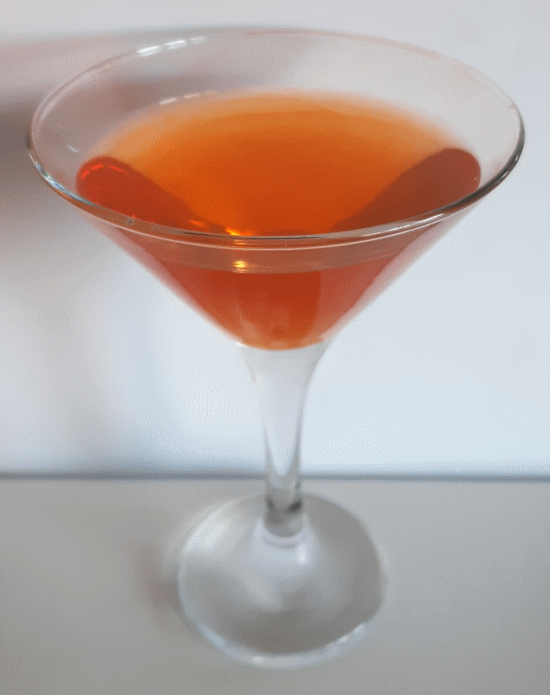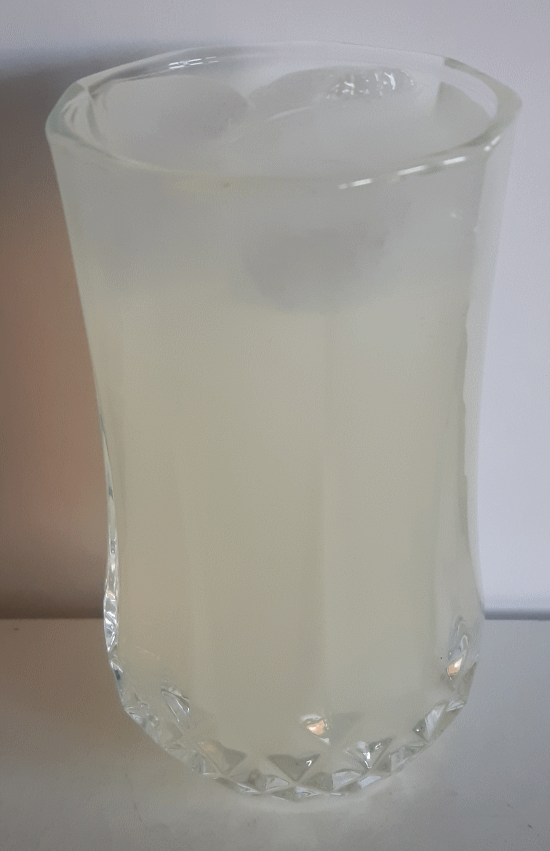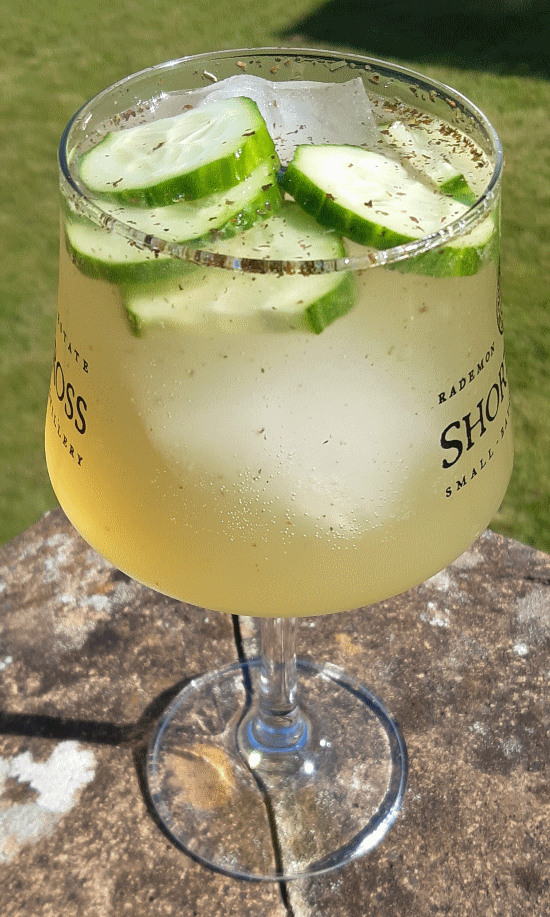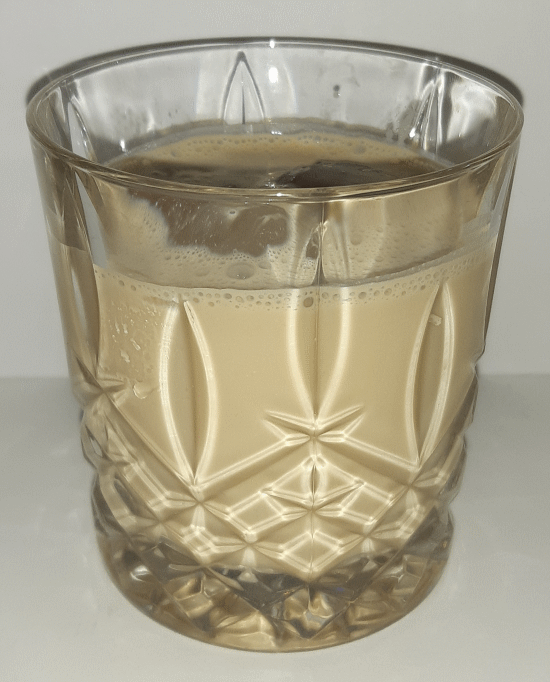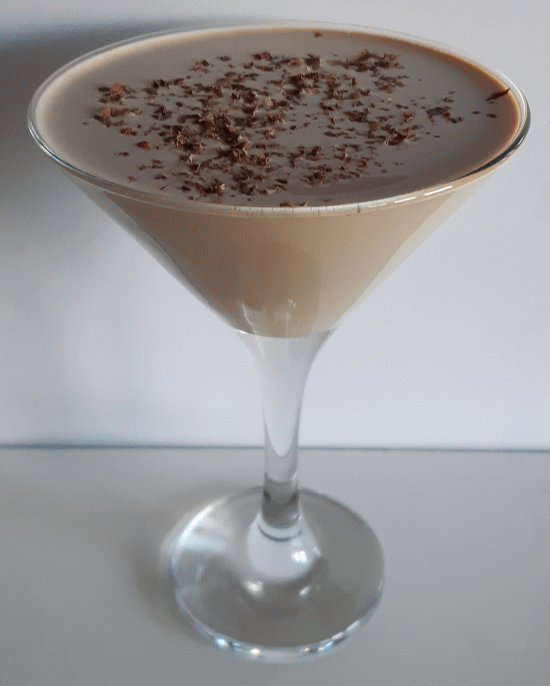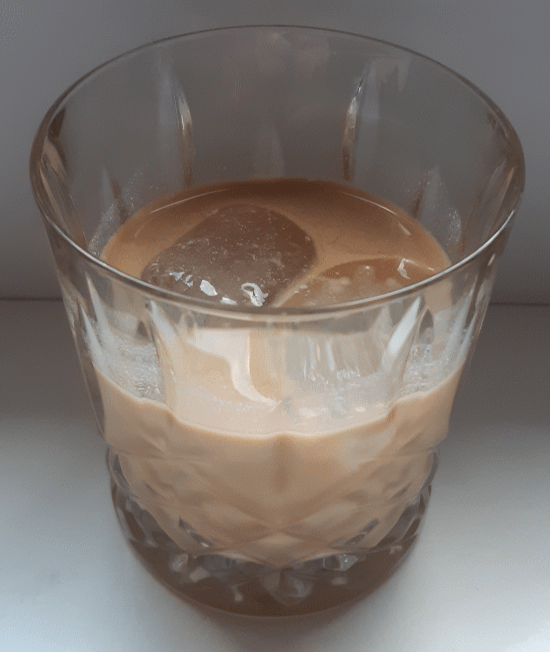To help you join in with the upcoming #FridayNightCocktails on the 22nd April, we’ve compiled the ingredient list in two formats:
- Separate ingredient lists for the four cocktails we’ll be making, but without quantities or the cocktail names.
- Combined the ingredients into an alphabetical list so as to not “give the game away”.
We’ve hidden the two lists behind toggles so you can choose which list you want to use; this is a new method and we’d appreciate feedback on how well you think it works.
A burst of good weather has us thinking of some tall cocktails, but the forecast for the 22nd isn’t so good, so we’ve gone for some more wintry cocktails.
First Cocktail
Spirits
Coffee Liqueur
Vodka
Suggestions
[cocktail-ingredient name=”Kahlua Coffee Liqueur”]
[cocktail-ingredient name=”Finlandia Classic Vodka of Finland”]
Second Cocktail
Spirits
Coffee Liqueur
Vodka
Suggestions
[cocktail-ingredient name=”Kahlua Coffee Liqueur”]
[cocktail-ingredient name=”Finlandia Classic Vodka of Finland”]
Mixers
Single Cream
Third Cocktail
Spirits
Coffee Liqueur
Irish Cream
Vodka
Suggestions
[cocktail-ingredient name=”Kahlua Coffee Liqueur”]
[cocktail-ingredient name=”Bailey’s Irish Cream”]
[cocktail-ingredient name=”Finlandia Classic Vodka of Finland”]
Mixers
Double Cream
Garnish
Dark Chocolate Shavings
Fourth Cocktail
Spirits
Coffee Liqueur
Rye Whiskey
Suggestions
[cocktail-ingredient name=”Kahlua Coffee Liqueur”]
[cocktail-ingredient name=”Lot No. 40 Canadian Rye Whiskey”]
Mixers
Milk or Single Cream
Spirits
Coffee Liqueur
Irish Cream
Rye Whiskey
Vodka
Suggestions
[cocktail-ingredient name=”Kahlua Coffee Liqueur”]
[cocktail-ingredient name=”Bailey’s Irish Cream”]
[cocktail-ingredient name=”Lot No. 40 Canadian Rye Whiskey”]
[cocktail-ingredient name=”Finlandia Classic Vodka of Finland”]
Mixers
Double Cream
Milk or Single Cream
Dark Chocolate
There can be quite a few spirits used each time we do a Friday night cocktails, but the same spirits are generally used over and over again. Strong spirits like whiskey, gin, vodka and so on will last months to a year or two once opened (how long will depend on how often the bottle is opened.
Fortified wines such as dry and sweet vermouth, port and Dubonnet will keep for a few weeks before deteriorating. If stored in the fridge, dry vermouth will be good for about four weeks, sweet vermouth and Dubonnet for two months and port for up to three months.

